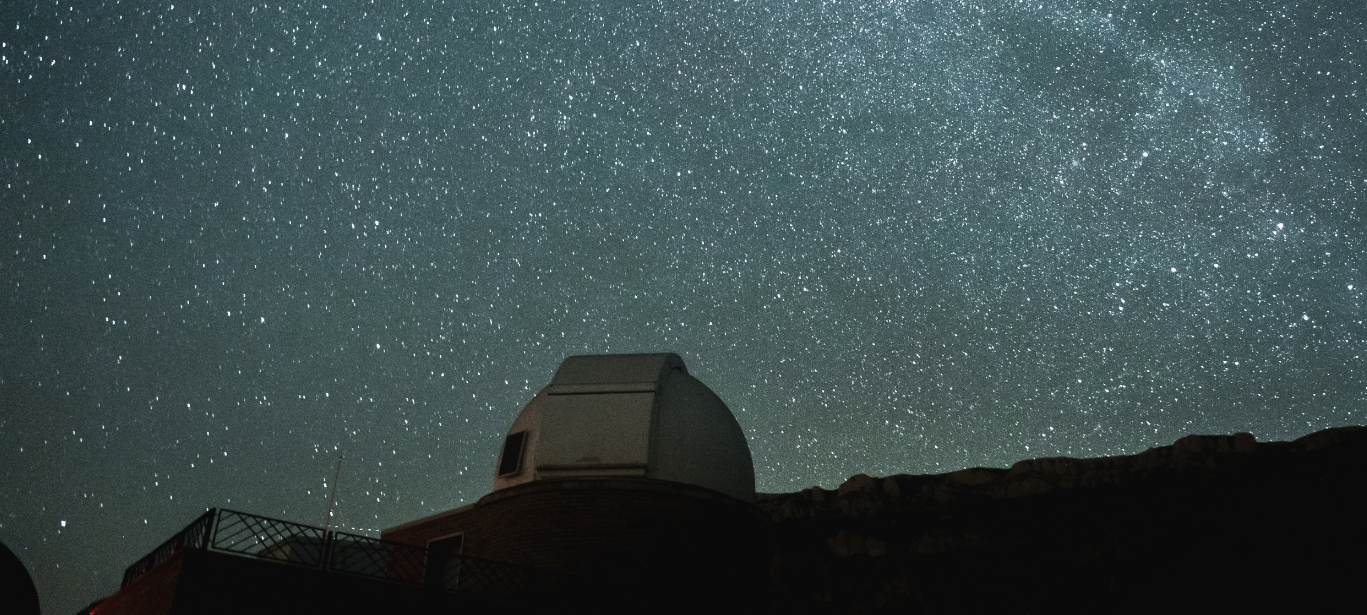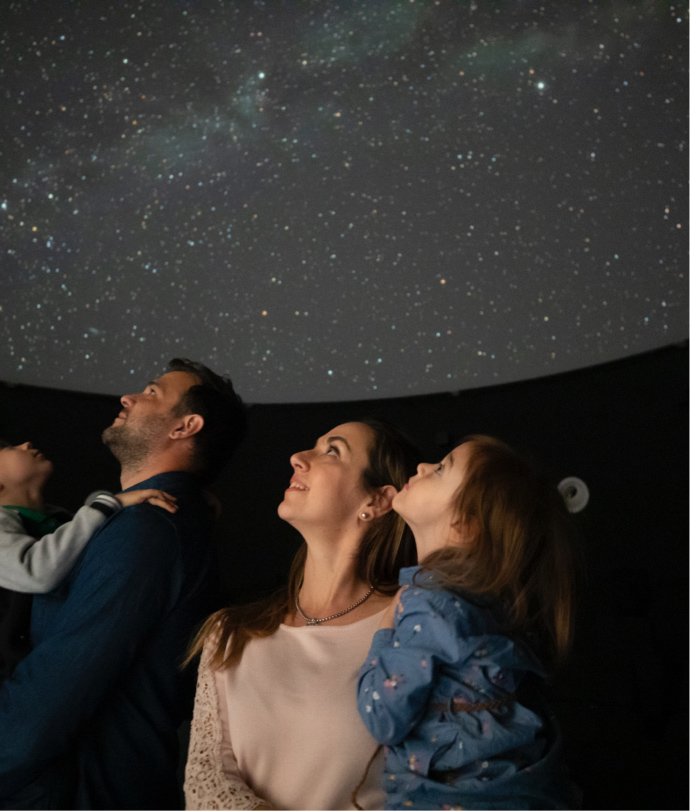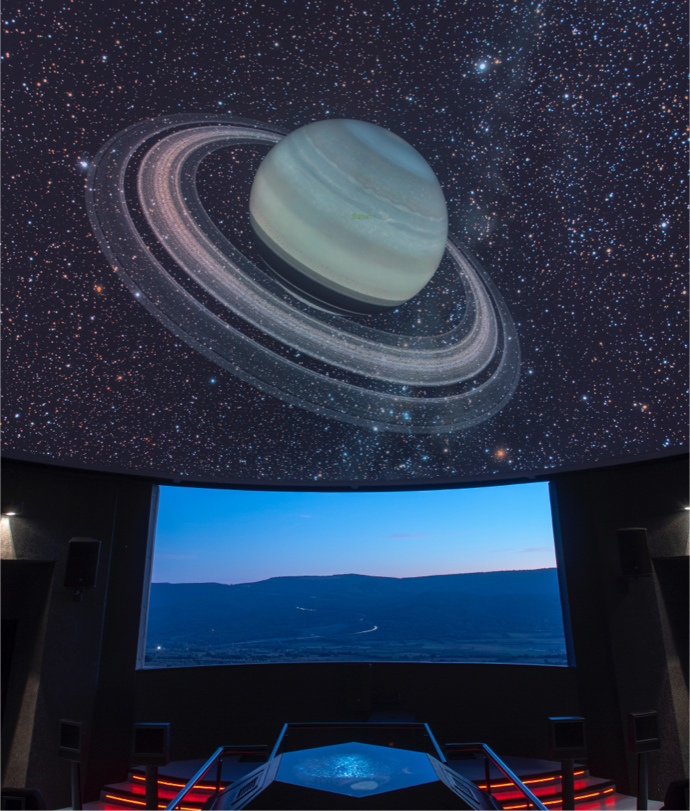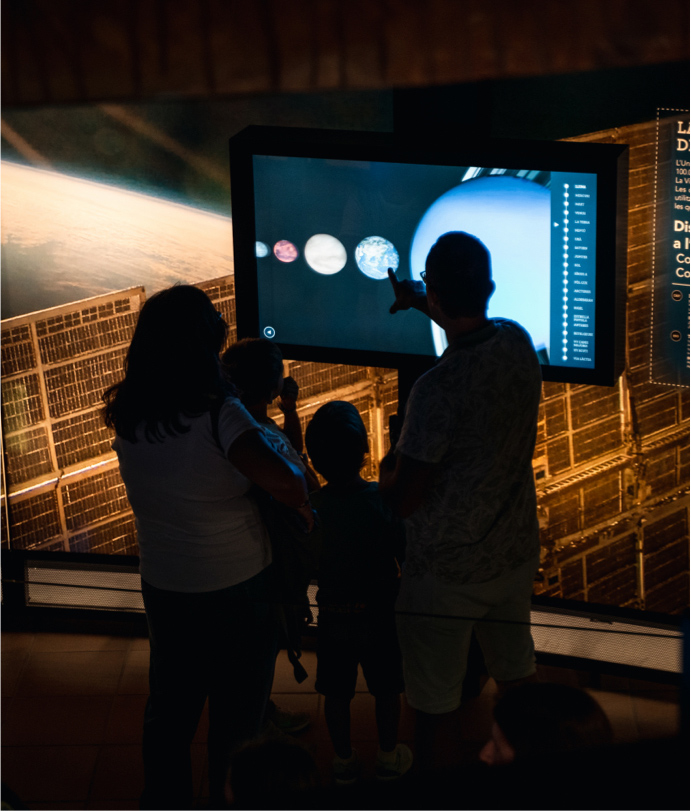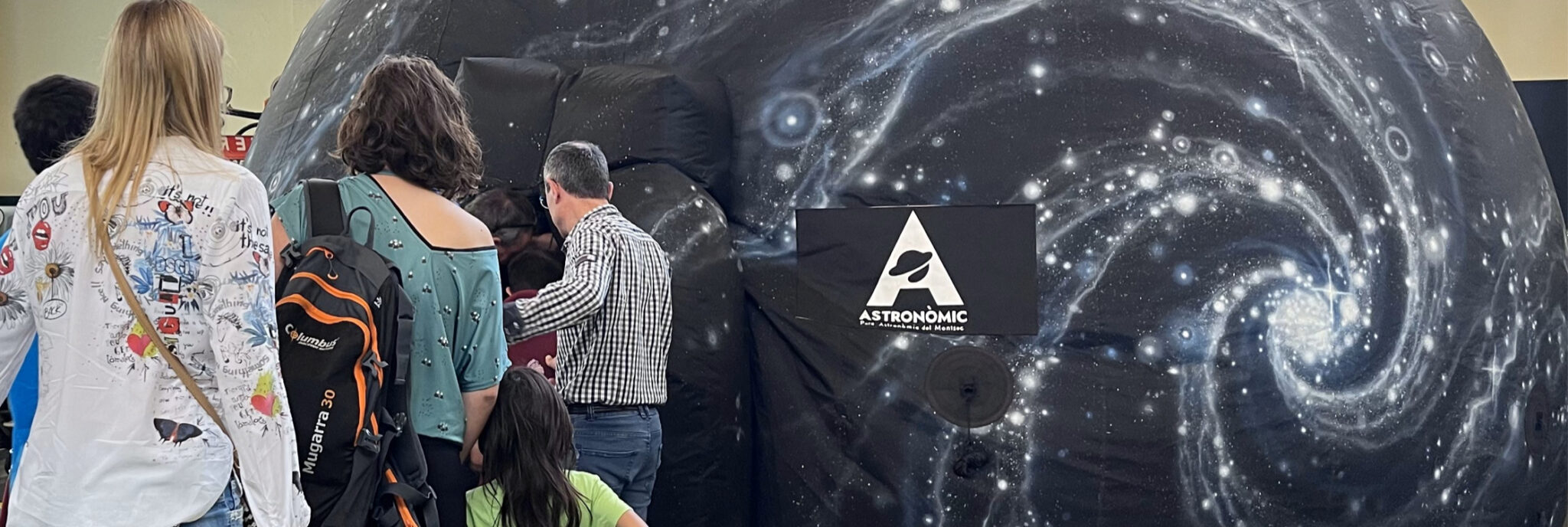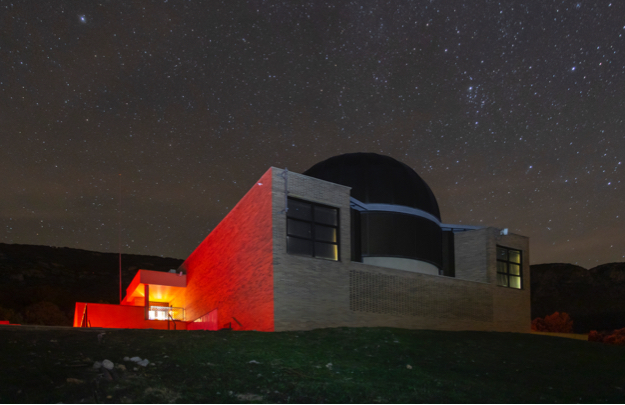The Parc Astronòmic del Montsec predicts one of the best meteor showers in recent years
- 8 August, 2024
-
- The Perseids or tears of Sant Llorenç began around July 17 and will end on August 24. The peak of maximum intensity is expected on the night of August 12 to 13. However, due to the presence of the Moon, the previous nights can be more optimal for observing the phenomenon, especially the night of the 11th.
- The Parc Astronòmic del Montsec is the best place in Catalonia to enjoy the light of the stars. The international Starlight award certifies this.
- The Perseids or tears of Sant Llorenç began around July 17 and will end on August 24. The peak of maximum intensity is expected on the night of August 12 to 13. However, due to the presence of the Moon, the previous nights can be more optimal for observing the phenomenon, especially the night of the 11th.
This summer, the night sky will present one of the most magical shows: the Perseids, also known as the Tears of Saint Lawrence. This meteor shower, one of the most intense and well-known of the year, can be seen very clearly from the Parc Astronòmic del Montsec, as long as the weather conditions are favorable. The Astronomical Observatory, which in 2020 won the Starlight award in the category of Education and Dissemination of Astronomy and the Dark Sky, is the best place in Catalonia to observe the night sky and enjoy the light of the stars .
This meteor shower started around July 17th and will end on August 24th. According to Astronòmic experts, “this year, with the Moon, they will be very visible at the end of July and the first half of August. Especially after midnight and looking towards its radiant in the constellation of Perseus, located in the north east”. Regarding the moment of maximum activity, “we expect the peak on the night of August 12 to 13, but the days before and after will already see many in the sky. Especially in the previous days when we will have very little Moon”. During this night, between 50 and 100 meteors can be seen per hour, in ideal visibility conditions.
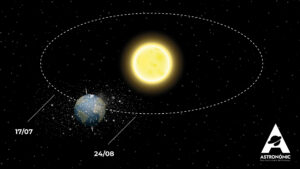
But what are the Perseids and why do they happen?
The Perseids are a meteor shower that occurs in early August. It is one of the most intense meteor showers of the whole year and the best known since it occurs at a very pleasant time to enjoy the night sky.
Its origin lies in the passage of a comet called Swift-Tuttle, which, towards the 1990s, traveled through the inner Solar System, where the Sun and the rocky planets like Earth are. When it passed through this area, as a result of heating due to its proximity to the Sun, it released dust particles that were dispersed throughout space. The Earth crosses this area every year around the beginning of August and these particles enter our atmosphere and as a result produce these bright tails that we call comets.
As they point out from the Astronòmic, “they are normally dust particles the size of a grain of sand, which can reach the size of a stone that we hold in our hands. Upon entering the Earth’s atmosphere, they begin to heat up from friction with the gas and eventually disintegrate, turning into bright tails that last from hundredths of a second to a couple of seconds, depending on size . Because they look like stars falling in the sky, they are called “shooting stars” but the scientific name would be “meteors”.
The Perseids are seen in the northern hemisphere, in the constellation Perseus, located in the northeast. This constellation rises around 2:00 a.m., when they can be observed with greater intensity. According to the Park’s astronomers, “the best way to observe the Perseids is with the naked eye, without telescopes, as we do on night visits. In the part we do outside we see the sky with the naked eye and we take the opportunity to explain this phenomenon and locate the area of the sky where the most are seen”.
tags
Documents
Links of interest
Other News
-

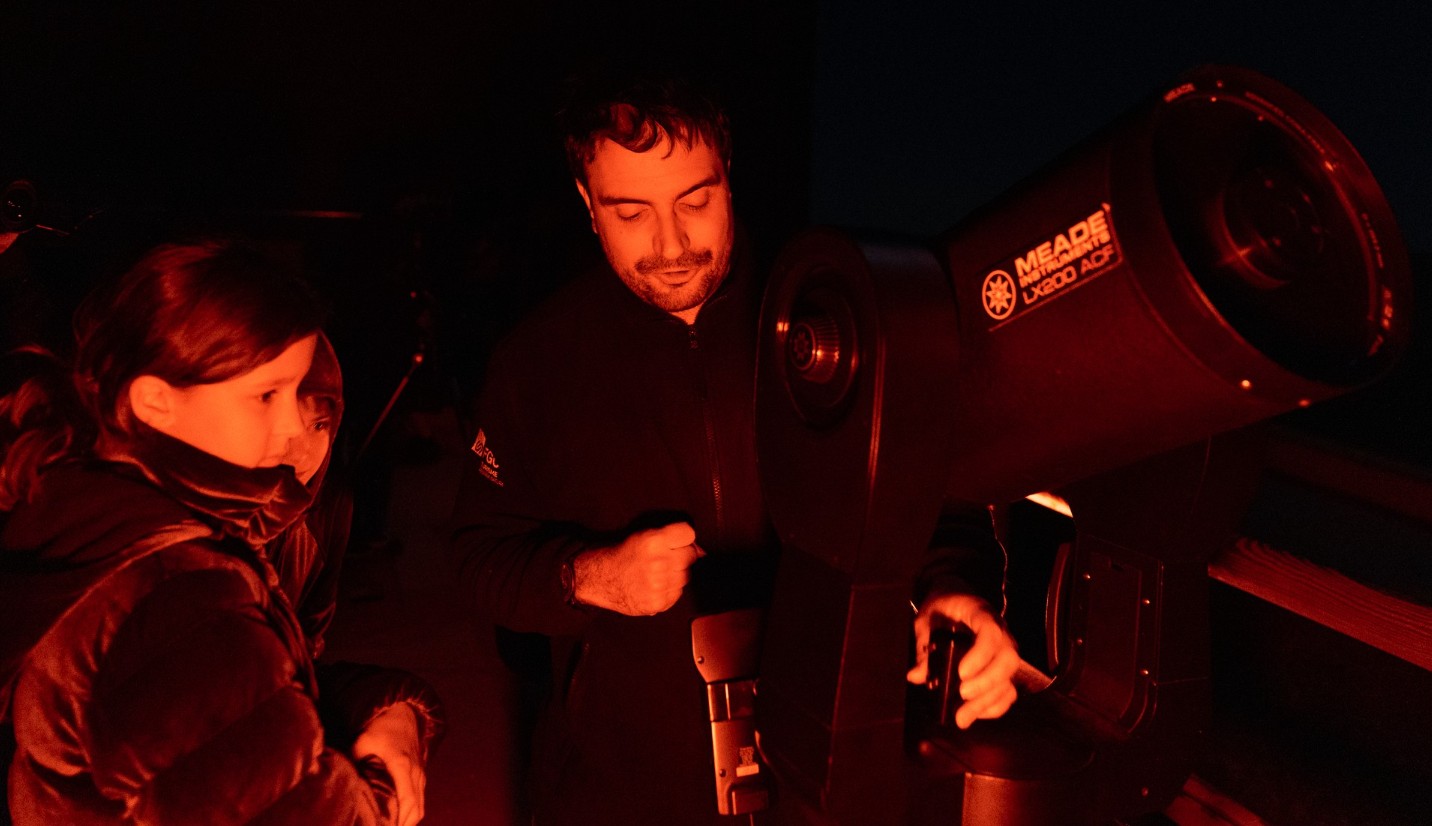
- 19 December, 2025
The Parc Astronòmic del Montsec celebrates the second edition of Christmas at the Astronòmic
- Lorem ipsum
- Lorem ipsum
-


- 24 October, 2025
The Parc Astronòmic offers special sessions for observing the millennial comet ‘C/2025 A6 Lemmon’ over the next two weekends
- Lorem ipsum
- Lorem ipsum
-

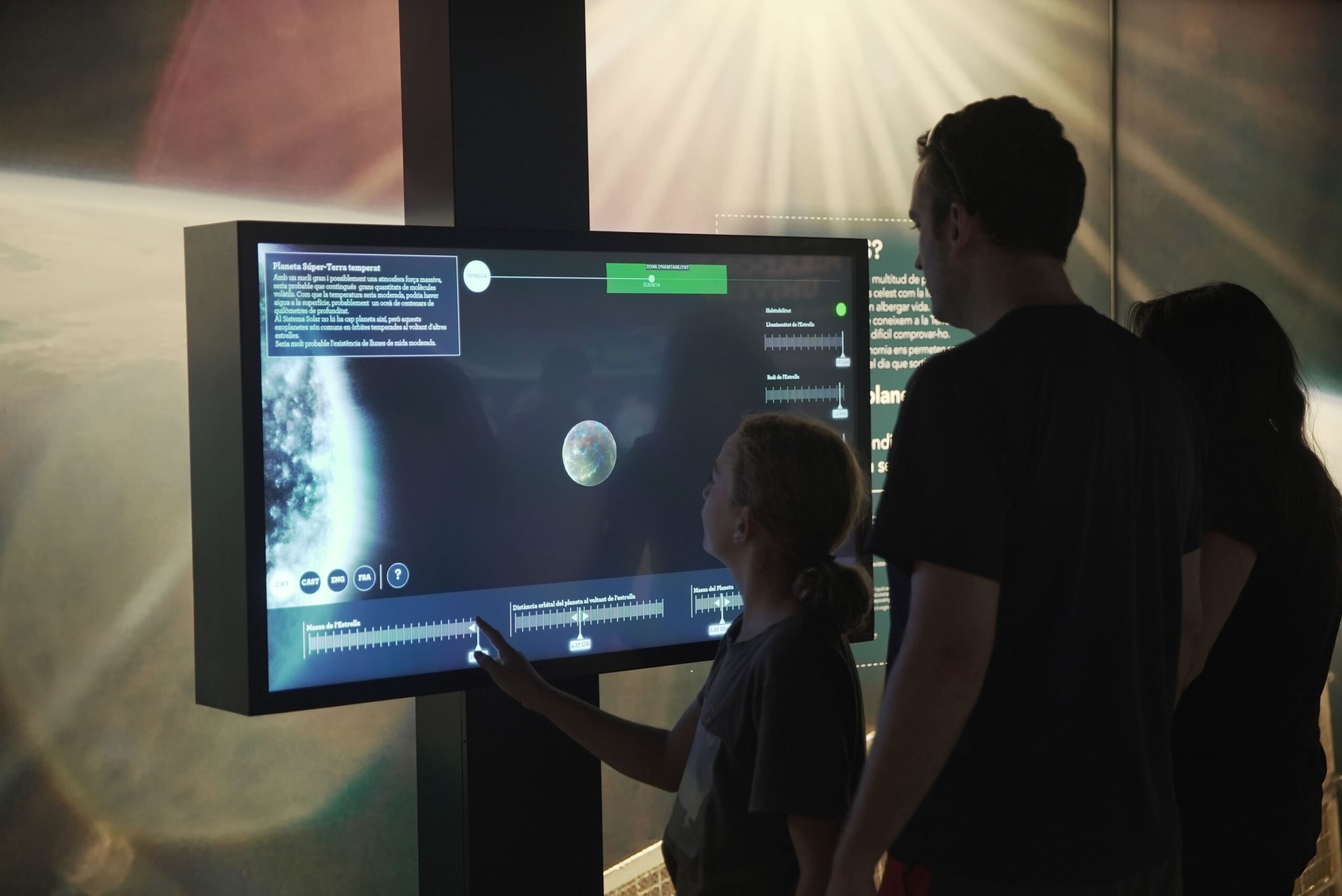
- 30 September, 2025
- Concerts
Science, culture and tourism meet from tomorrow at the Parc Astronòmic del Montsec at the 11th Astronomy Festival
- Lorem ipsum
- Lorem ipsum
